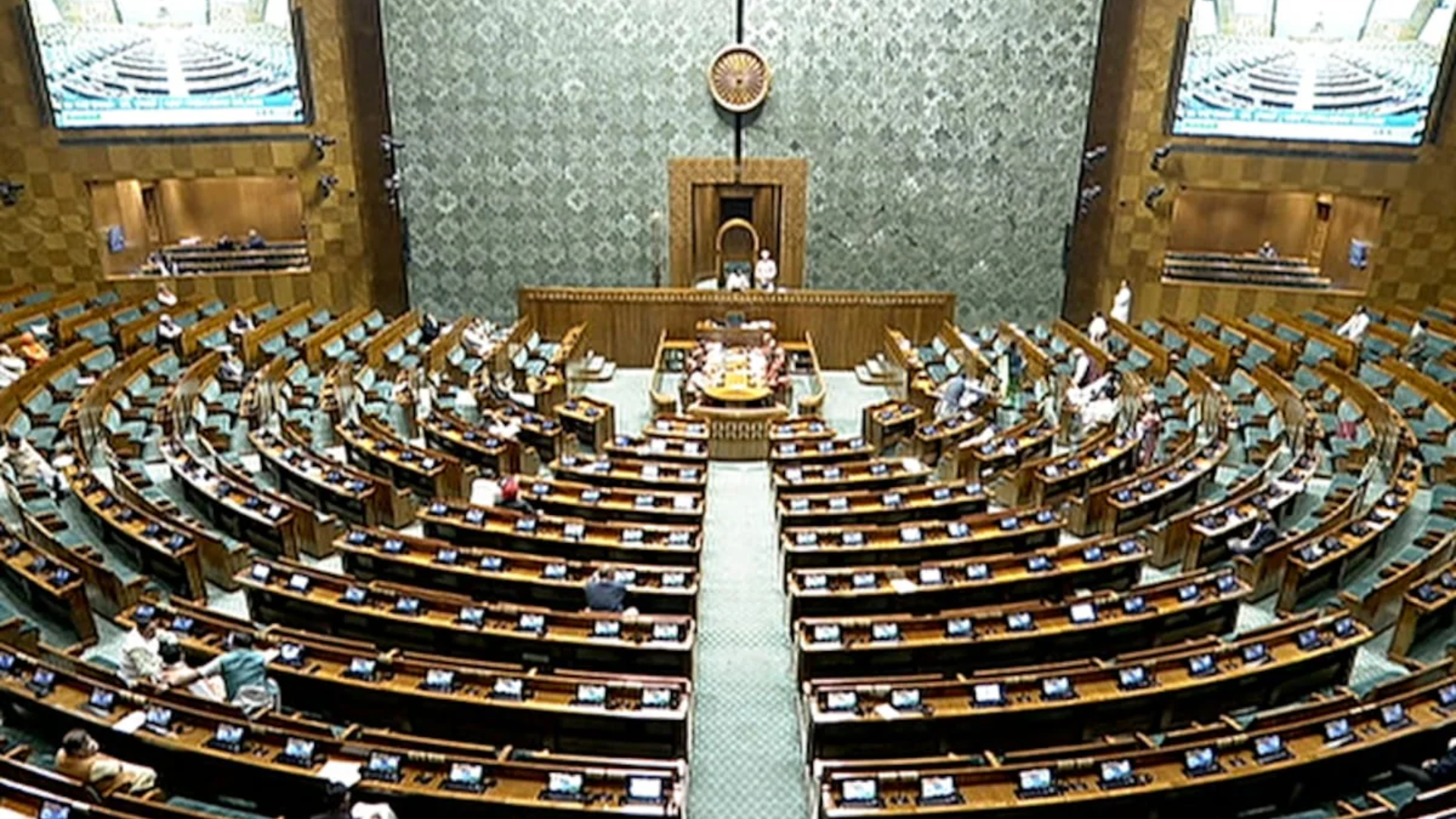The 18th Lok Sabha elections held from April 19 to June 1, 2024, concluded on 4th of June where the Bharatiya Janata Party (BJP)-led National Democratic Alliance (NDA) emerged victorious, clinching 293 seats out of the 543 available. The results, announced on June 4, marked a significant moment in India’s democratic process, determining the nation’s next prime minister.
Notably, the Indian National Developmental Inclusive Alliance (INDI) posed a formidable challenge to the BJP, particularly in Hindi-speaking regions like Uttar Pradesh, Bihar, and Rajasthan, among others. The INDI Alliance secured 232 seats, surpassing expectations set by exit polls. Lets take a look at the chaning dynamics of the 18th Lok Sabha.
Changing Dynamics in Parliament
The 18th Lok Sabha reflects a shift in parliamentary demographics, with the average age of MPs decreasing from 59 years in the previous term to 56 years. Furthermore, a significant proportion of newly elected MPs, comprising 52% of the total, are entering the Lok Sabha for the first time. According to analysis by PRS Legislative Research, 281 MPs are newcomers to the parliamentary arena.
Profile Of The New Lok Sabha
An overview of the 18th Lok Sabha reveals a diverse composition in terms of age, gender representation, and educational background. Notably, 78% MPs hold at least undergraduate degrees, highlighting the emphasis on education among parliamentarians.
Gender Balance And Professional Background
Gender representation remains skewed, with only 74 out of 543 MPs being women, representing 14% of the total seats. The majority, 86%, are male MPs. In terms of professional backgrounds, social workers comprise 48% of MPs, followed by those in agriculture (37%), trade and business (32%), lawyers and judges (7%), medical practitioners (4%), arts and entertainment (3%), teachers (3%), and retired government services (2%).
The 18th Lok Sabha represents a diverse array of parliamentarians, with a notable influx of first-time MPs and a slight decrease in the average age of elected officials. While strides have been made in educational attainment, gender representation remains a challenge, highlighting the need for continued efforts towards inclusivity and diversity in Indian politics.






















